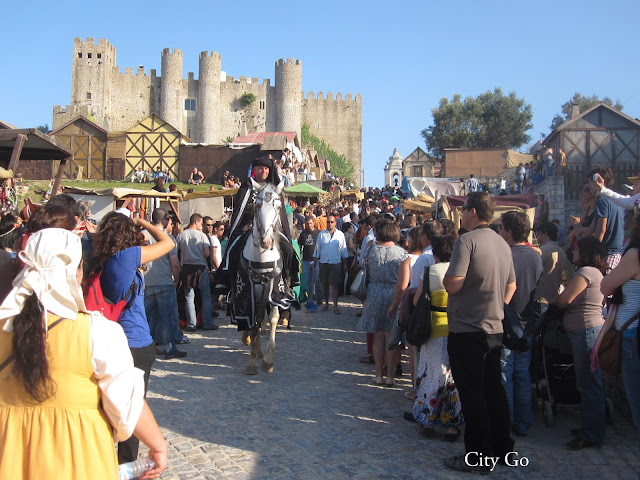Medieval Fair of Obidos, Portugal

The Medieval Market of Obidos is a historical reenactment of the Middle Ages, promoted by the municipality, which usually takes place between mid-July and the first week of August. Hundreds of actors and extras dressed up accordingly, with the medieval castle and walls in the background, allow the visitor to travel hundreds of years back in time through tournaments, singing troubadours and other medieval entertainments, as well as medieval (or local traditional) food. Opening Hours: 2017 Edition- 13th July to 6th August, Thursday to Sunday, from 5 p.m.; tournament at 7.30 p.m. Entrance fee: €7; €5 if dressed in medieval attire or you can buy tickets with a 50% discount, online, here . Medieval evenings (entrance+costume+tournament+supper) €38; for more information contact posto.turismo@cm-obidos.pt . How to go: From Lisbon, you can take the bus in Campo Grande, timetables here .




